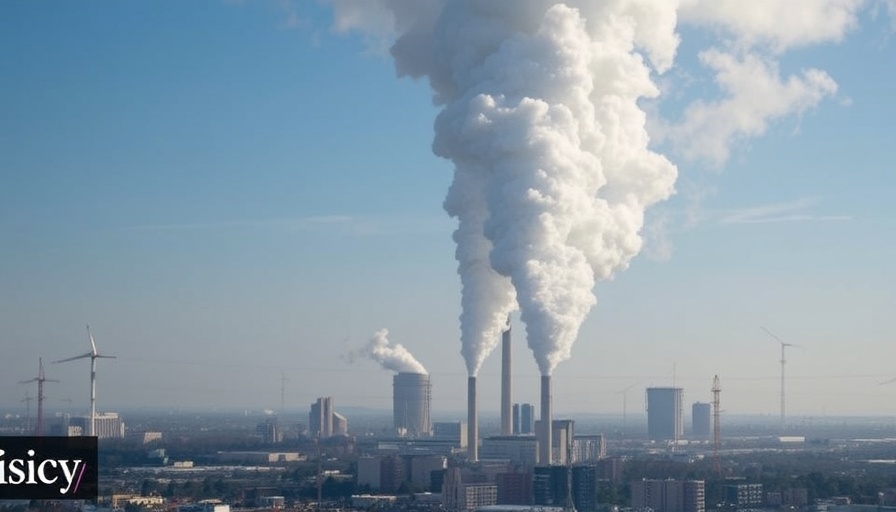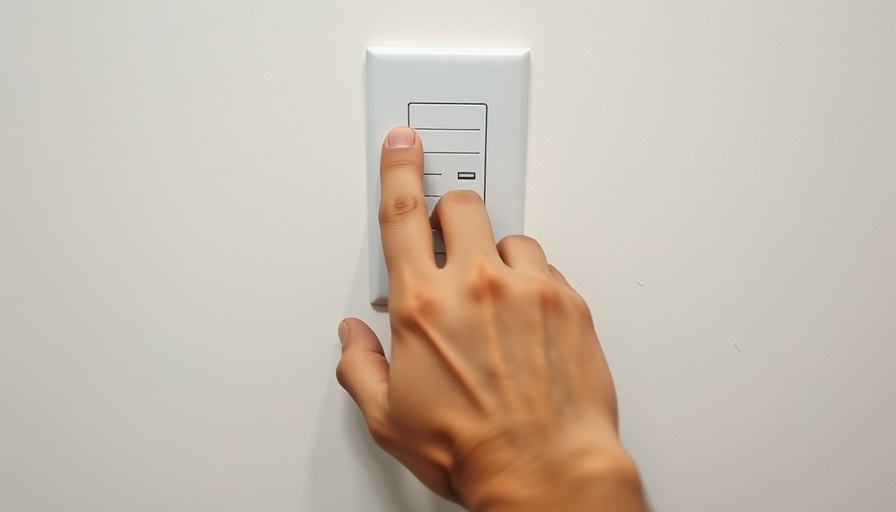
The Growing Concern: U.S. Environmental Policies Under Review
The recent proposal from the U.S. Environmental Protection Agency (EPA) to eliminate the Greenhouse Gas Reporting Program has sparked a wave of concern among environmental advocates and stakeholders. This mandatory program, which requires around 8,000 facilities to report their greenhouse gas emissions, has been criticized by some as bureaucratic overhead. The EPA argues that abolishing this program will streamline operations and reduce regulatory burdens on businesses. However, many fear it will diminish transparency about environmental impacts and hinder the fight against climate change.
Context Matters: Why This Program Originally Came to Be
The Greenhouse Gas Reporting Program was established with clear mandates to collect essential emissions data from various sectors, including power plants and industrial facilities. This information is crucial for evaluating the carbon footprint of major contributors to climate change. By gathering and analyzing these emissions, stakeholders—from policymakers to homeowners—could better understand the environmental landscape and make informed decisions. Understanding this program’s inception is key to grasping the ramifications of its potential cancellation.
Parallel Examples: What Other Regions Are Doing
Interestingly, while the U.S. moves to withdraw from substantial reporting frameworks, other countries are doubling down on their climate commitments. For instance, the European Union has strengthened its emissions reporting obligations as part of its Green Deal initiative aimed at achieving carbon neutrality by 2050. Comparing these two approaches offers a stark contrast and raises questions about the U.S.'s commitment to international climate agreements, especially in light of its previous withdrawal from the Paris Climate Accord.
The Business Perspective: Weighing the Costs and Benefits
Supporters of the EPA's proposal cite the financial burdens on businesses as a significant reason for eliminating greenhouse gas reporting. They argue that these requirements disproportionately affect smaller facilities and new businesses struggling to establish themselves. However, critics counter that the long-term societal costs of unchecked emissions could lead to more expensive repercussions, including health issues and increased disaster recovery costs. It seems there is a critical balancing act between fostering business growth and ensuring environmental protection.
Your Role as a Homebuyer and Investor
As homebuyers, sellers, and property investors in Dumfries, it’s incredibly important to stay informed about local and national environmental policies. Changes like these can affect property values, especially as more people prioritize sustainability in their home choices. If greenhouse gas emissions reporting ceases, the visibility of ecological impacts may affect the desirability of properties, particularly those that promise sustainability. Being proactive in understanding these dynamics can help you make informed decisions in real estate.
What You Can Do: Advocate for Transparency
Staying engaged in local and national environmental discussions is vital. Advocate for programs that promote transparency in emissions reporting and support candidates who prioritize sustainability in their policies. Investing in sustainable practices not only elevates property value but also contributes to a healthier environment for future generations.
 Add Row
Add Row  Add
Add 





Write A Comment